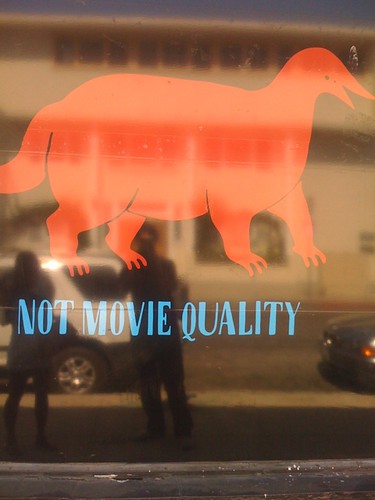
The new school year has begun. I teach three 90-minute classes. One class has 39 students, the other two float comfortably in the low, mid-30s. I’m travelling between two classrooms – the class I use for two periods currently has no working AC – the heat is of a level that would help propel Kozol up the bestseller’s list if he were to document it.
In any case, all of this flux, change, and curmudgeony frustration with conditions has had me thinking about the “story” that our classroom spaces provide. As struggling-to-keep-our-heads-above-water teachers, classroom design is usually little more than doing our best to figure out how to cram class libraries in the limited bookshelves, how to arrange desks, and what posters to slap on the walls. That’s not a sleight to teachers – lord knows we can be spending our time on tons of activities that help improve instruction and student experience. However, when I look at the evolution of modern office spaces, I can’t help but wonder how this evolution can trickle into my classroom in South Central.
Similarly, I’ve been thinking about Joshua Prince-Ramus’ talk about the Seattle Library’s ultra-utilitarian design and wonder if there is a better lens to look at my four-walled space than the factory-oriented school model through which I’ve been inculcated; “Constraining Innovation” indeed.
Since studying narrative theory and mobile media through a generally awesome cognate course last quarter, I’ve been reading through this text on architecture, game play and space. Reading about ways that a place like Disneyland weaves narrative into space such that the guest is already well-immersed in an overarching narrative or theme well before ever sitting in the Haunted Mansion’s “ride,” for instance makes me think about how these kinds of spatial narratives are being disregarded within my school. In his essay in the book, Henry Jenkins quotes Disney Imagineer Don Carson saying, “The story element is infused into the physical space a guest walks or rides through. It is the physical space that does much of the work of conveying the story the designers are trying to tell.” He later writes that an iconic attraction like “Mr. Toad’s Wild Ride” is designed such that “the original tale provides ‘a set of rules that guide the design and project team to a common goal’ and help give structure and meaning to the visitor’s experience.” Sure, our school’s shift to uniforms this past year and repainting of offices helps send a kind of message or narrative to the students. However, is it one that is engaging? One that adds intrigue? One that poses problems to be solved? Encourages exploration?
Finally, Lev Manovich writes about the potential of “augmented space.” I’m still working through this. As I continue to ponder the prospects of a CryptoZoo invasion in South Central (as an ongoing 11th grade project), I wonder how the differences between immersion and augmentation can be looked at within a portable “bungalow” with no AC.